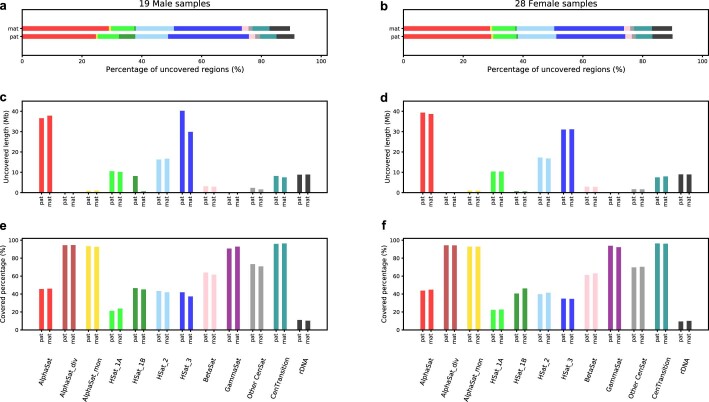Extended Data Fig. 1. Characterizing uncovered reference bases using peri/centromeric annotation and evaluating the completeness of different satellite families.
We characterized the regions not covered by the assembly alignments to the T2T-CHM13 (v.2.0) reference and also investigated the completeness of the peri/centromeric satellites across all HPRC assemblies. We characterized these regions using the peri/centromeric annotation available for the T2T-CHM13 (v.2.0) reference. We made separate bar plots for male and female samples to exclude chromosome X for the paternal assemblies of male samples and exclude chromosome Y for all other assemblies. Panels a and b indicate that on average ~90% of the uncovered bases are located in peri/centromeric regions with the active/inactive alpha satellites and human satellite 3 comprising ~50% of these bases, mainly due to their highly repetitive composition and also higher frequency compared to other satellites. Other centromeric satellites, centromeric transition regions, and rDNA arrays accounted for another ~40% of the uncovered bases on average. Panels c and d display the average lengths of uncovered regions located within each satellite family. Panels e and f show what percentage of each satellite family was covered by at least one assembly alignment. The most complete centromeric regions (~90% coverage) are divergent/monomeric alpha satellites, gamma satellites and centromeric transition regions. The rDNA arrays have been covered by ~8% on average, which made them the least completely assembled repeat arrays.

